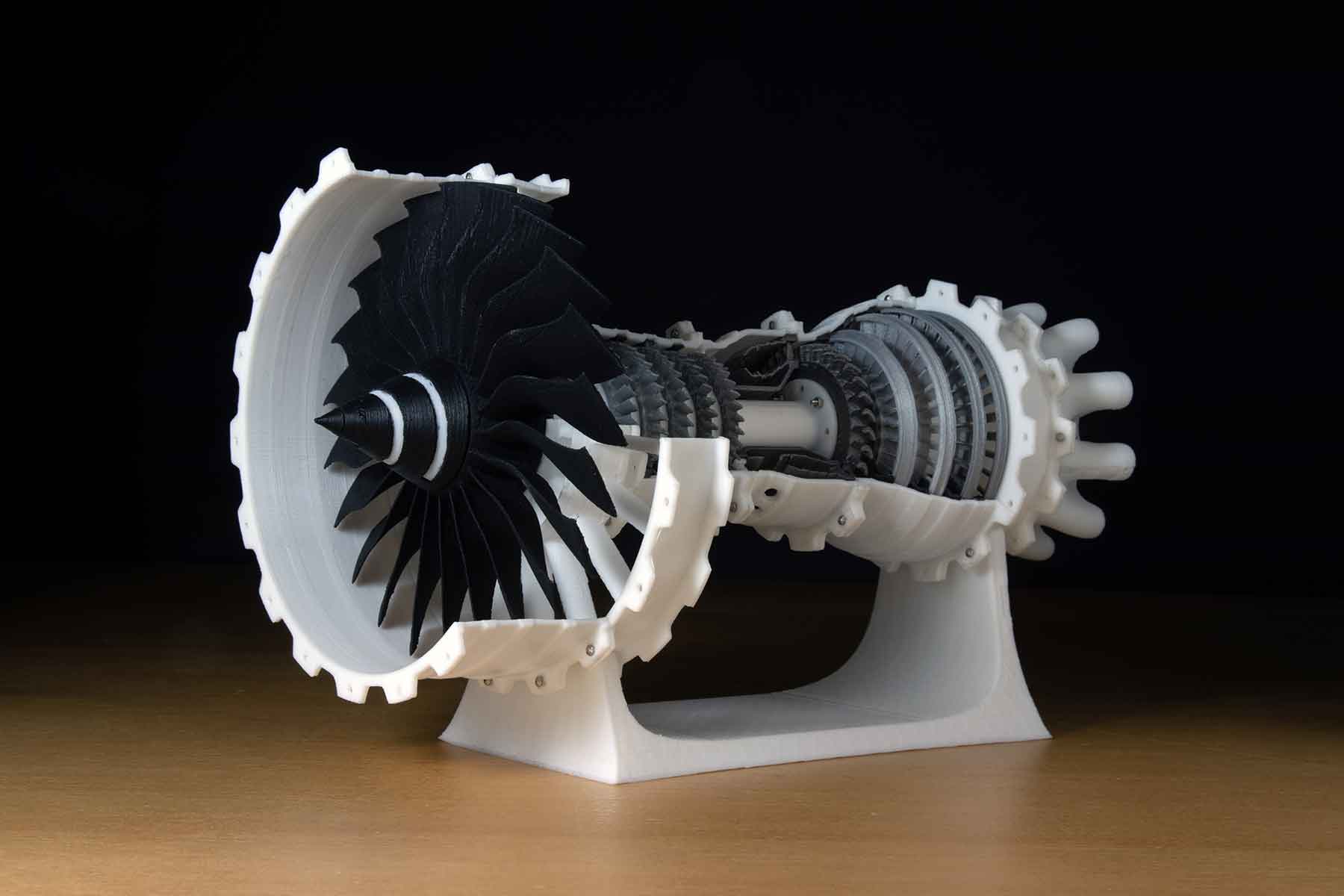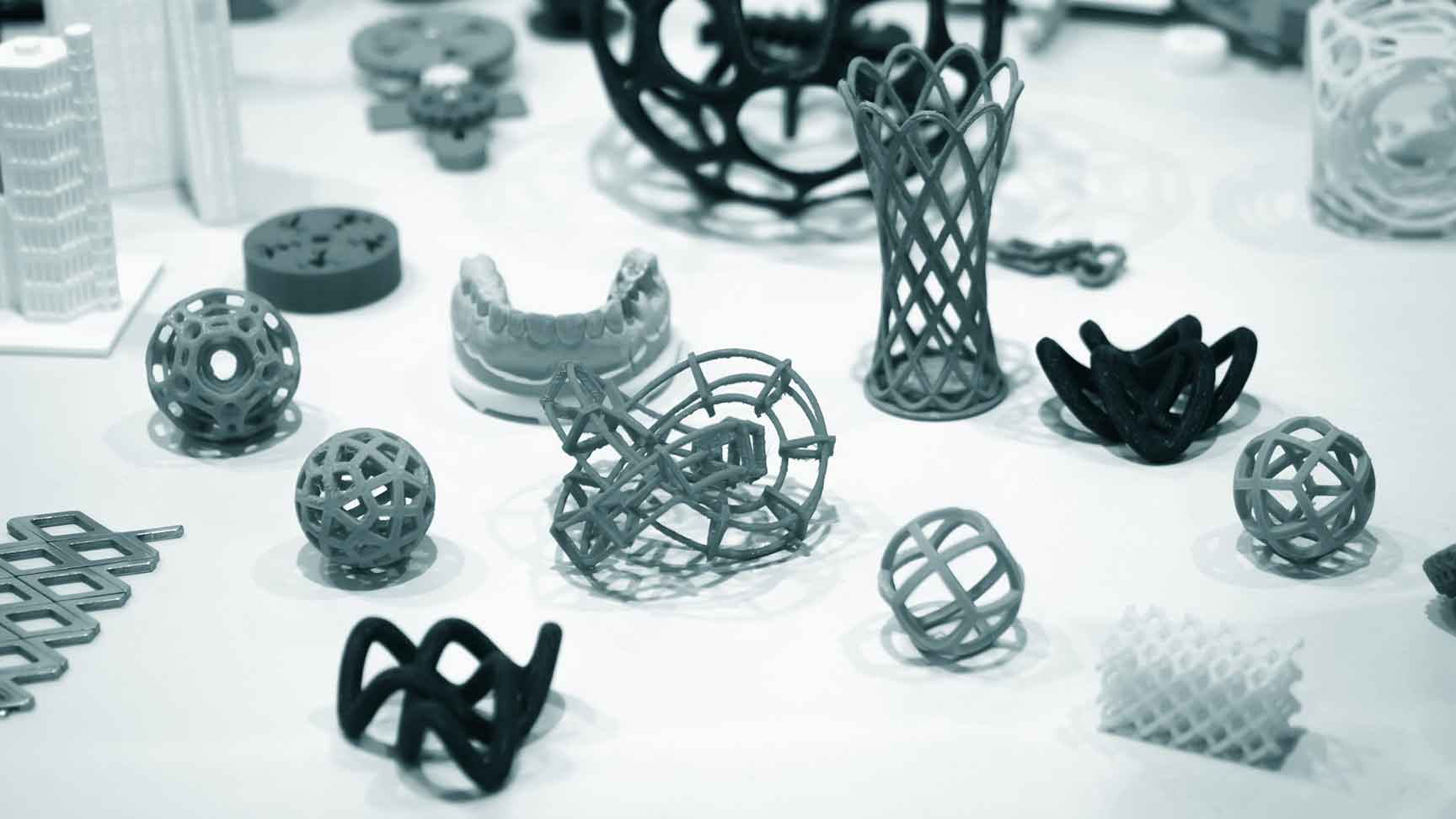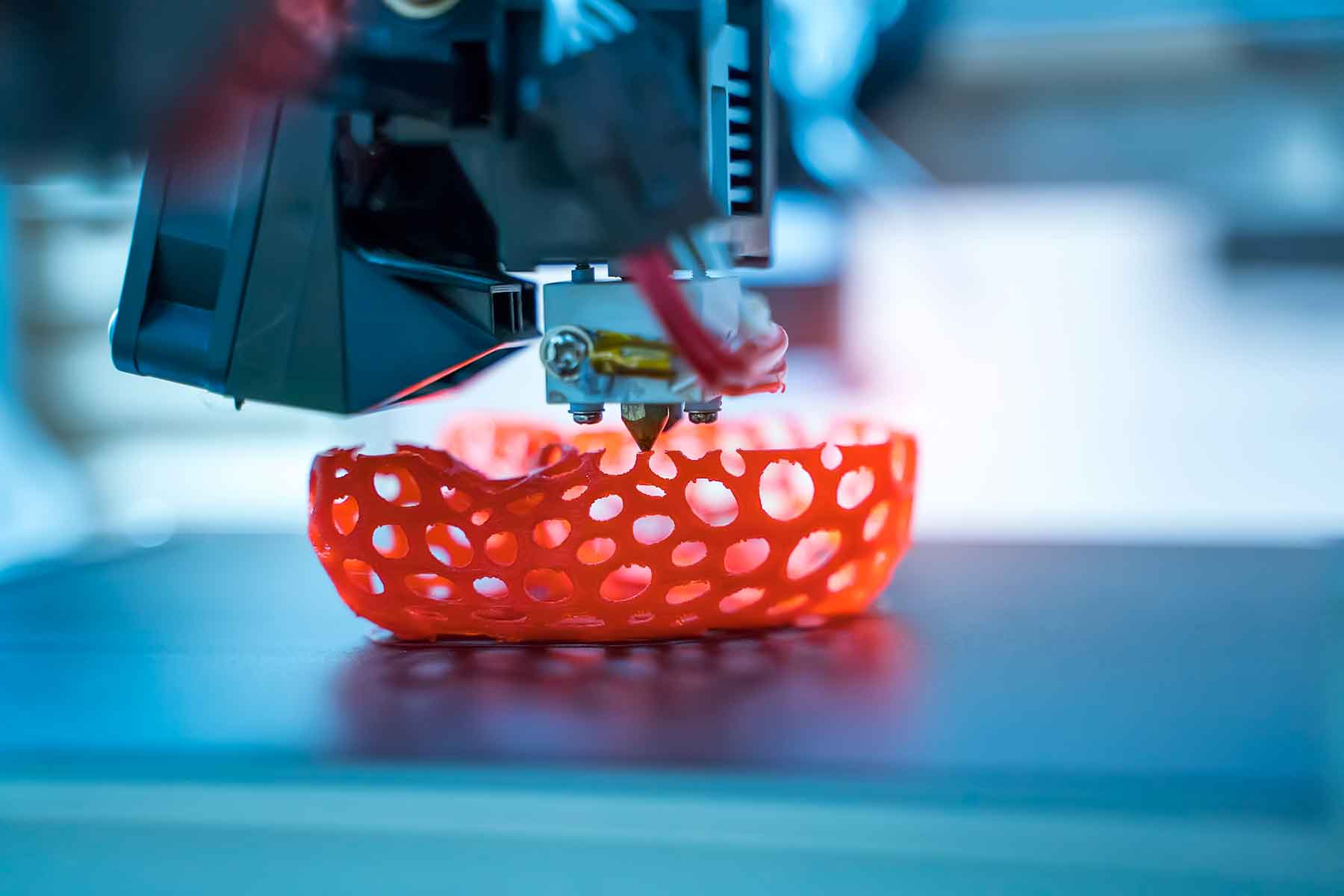Efficient supply chain management is critical for businesses to remain competitive in today’s fast-paced marketplace. Additive manufacturing, also known as 3D printing, has emerged as a game-changer in supply chain optimization. Let’s explore how additive manufacturing enhances supply chain efficiency, revolutionizing traditional manufacturing processes and offering companies a competitive edge.
Additive manufacturing enables localized and on-demand production, minimizing the need for long and complex supply chains. With 3D printing, companies can produce parts and products closer to the point of consumption, reducing transportation costs, lead times, and associated environmental impacts. By shifting from a centralized manufacturing model to a decentralized approach, businesses can respond quickly to customer demands, reduce inventory costs, and eliminate the risk of supply chain disruptions.
Conventional manufacturing often requires maintaining significant inventories of parts and finished products to meet customer demands. This ties up capital, requires extensive warehousing space, and incurs carrying costs. Additive manufacturing offers a solution by allowing companies to produce items on-demand. By manufacturing products as needed, businesses can reduce inventory levels, minimize warehousing requirements, and free up capital for other critical investments.
One of the major challenges in supply chain management is the availability and management of spare parts. Additive manufacturing addresses this challenge by enabling the on-demand production of spare parts, even for discontinued or hard-to-find components. Instead of maintaining large inventories or relying on distant suppliers, companies can store digital designs and produce spare parts whenever necessary. This approach ensures quick availability, reduces downtime, and eliminates the costs associated with maintaining extensive spare parts inventories.
Additive manufacturing facilitates design optimization for improved supply chain efficiency. Traditional manufacturing methods often require complex assemblies and multiple parts, leading to increased manufacturing complexity and supply chain challenges. With 3D printing, designers can consolidate multiple components into a single part, reducing the number of suppliers, assembly steps, and associated costs. By simplifying the supply chain through optimized designs, companies can enhance efficiency, reduce lead times, and improve overall product quality.
Additive manufacturing enables closer collaboration between designers, engineers, and suppliers throughout the supply chain. The ability to rapidly produce prototypes and customized parts fosters iterative feedback loops, enabling faster design iterations and collaborative problem-solving. This collaborative approach ensures that designs meet specific requirements and can be efficiently manufactured, leading to streamlined processes and improved supply chain performance.
Additive manufacturing has emerged as a key enabler of supply chain efficiency, transforming the way companies produce and manage their products. By adopting localized and on-demand production, reducing inventory and warehousing costs, simplifying spare parts management, optimizing designs, and fostering collaboration, businesses can achieve leaner and more responsive supply chains. The integration of additive manufacturing technologies empowers companies to streamline operations, reduce costs, and gain a competitive edge in today’s global marketplace. Embrace additive manufacturing, enhance supply chain efficiency, and drive your business towards success.




